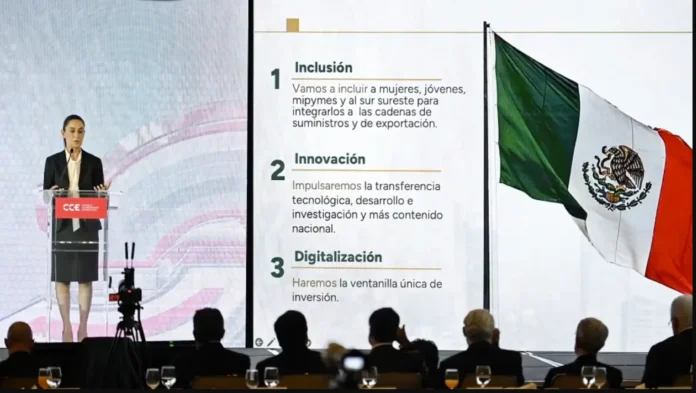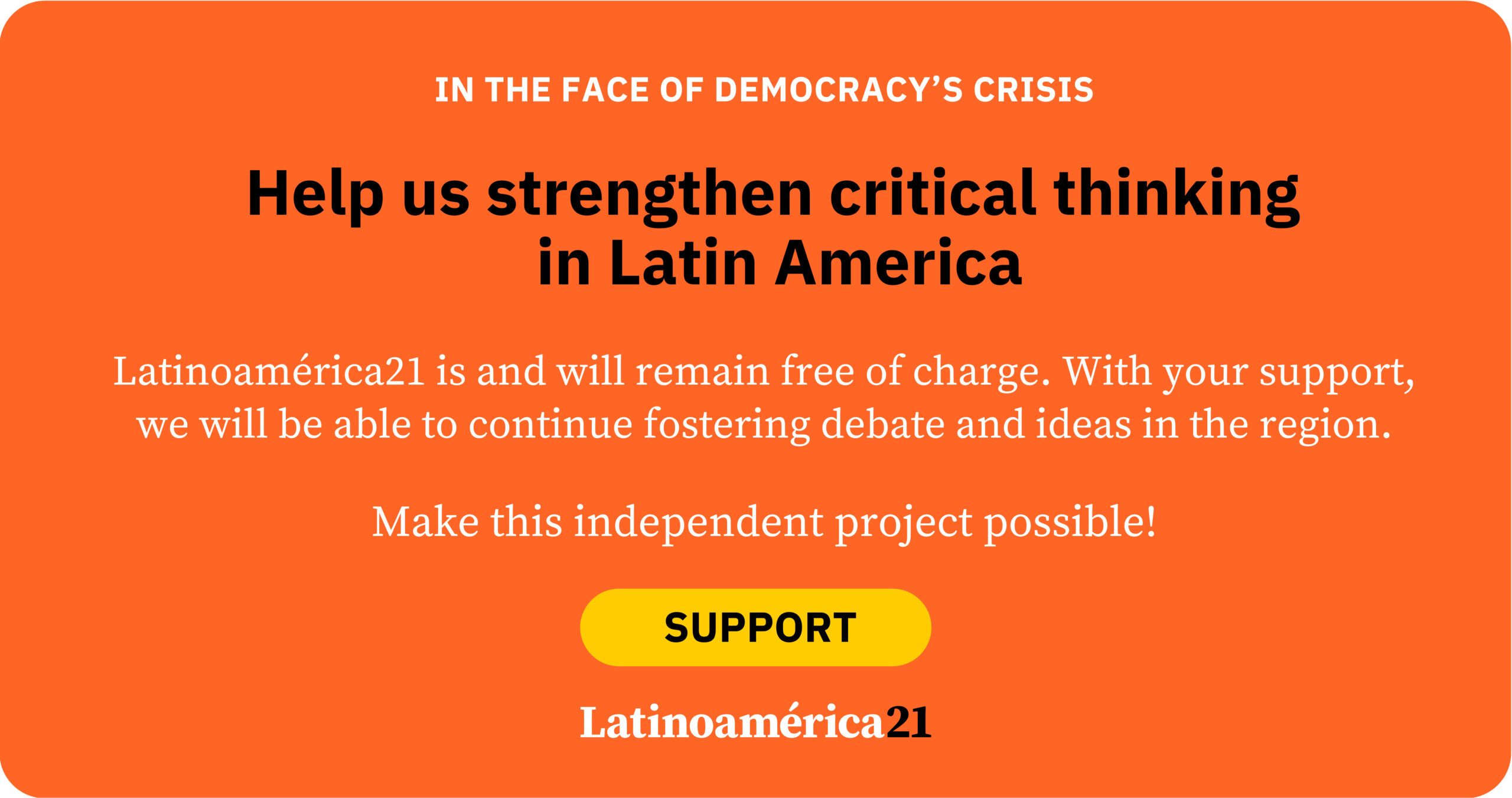
One year ago (March 2024), in Latinoamérica21 we asked ourselves whether Mexico’s Open Government myopia could be cured. A year later, and after several political reforms, we now face the outcome of the surgical intervention carried out by what is known as the “Second Floor of the Fourth Transformation.” In the terms of our metaphor: the removal of a cyst and the implantation of a new organ. That is, the elimination of the National Institute for Transparency, Access to Information and Protection of Personal Data (or INAI) and the creation of the Agency for Digital Transformation and Telecommunications. The new question is: will citizens gain vision?
Diagnosing the myopia
Open Government is based on three core principles: accountability, transparency, and effective citizen participation. Its goal is to create a government that involves as many social actors as possible in the design, implementation, and oversight of public policies. A key requirement for this is the availability of Open Data—that is, government-held information (on public accounts, management, records, etc.) that can be reused in new public policies and used to assign responsibilities and ensure accountability.
The concept of open government and open data in Mexico emerged with the country’s participation in the international Open Government Partnership, established during the UN General Assembly in July 2011. Mexico committed to this initiative through four Open Government Action Plans (from 2011 to the projected 2021 plan). However, the alliance was born with blurred vision, as it was made between governments—not between those who govern and the citizens they represent. Although civil society organizations were included in the action plans, the democratic vision was distorted.
In Mexico’s Open Government Partnership, only a handful of civil society organizations were part of the Tripartite Technical Secretariat. The calls for participation were neither public nor open; individual citizens not affiliated with organizations were excluded, and the agenda topics were skewed by the state’s predefined timelines and priorities. Over the years, several civil society organizations withdrew voluntarily, particularly after some of their members were illegally surveilled by the federal government between 2016 and 2018. The situation came to a standstill in 2023 when INAI was unable to develop a new action plan due to conflicts over commissioner appointments.
Removing the myopia
In November 2024, the Mexican Senate passed the so-called “organic simplification reform,” which abolished seven autonomous bodies, including INAI. At least on paper, INAI was the official body in charge of ensuring government transparency and protecting citizens’ personal data. The legal framework, regulations, standards, and practices under INAI’s authority were vast. For the average citizen, even with a decent education, navigating the maze of public and private data rules was nearly impossible.
While assessments of INAI’s performance and the metrics from its Open Government Action Plans may vary—satisfactory to some, overly insular to others—the institute had gained more public recognition for personal data protection than for ensuring transparency in government actions and spending. Few Mexicans knew that INAI cost 4 billion pesos a year, and many felt it contributed little to a more transparent and effective government.
The reform justified INAI’s elimination by arguing that budgetary savings were necessary and achievable, that the country’s transformation (including the Fourth Transformation’s second stage) needed funds for higher priorities, and that its responsibilities could be reassigned to other agencies more efficiently. This opened the door to a transplant: the replacement of one institutional organ with another.
Transplanting and implanting a new organ
Undoubtedly, the key value of Open Data is not accessibility, as is often assumed, but its potential for reuse. An “open” data point is one that can produce significant social value when it contributes to the creation and implementation of new public policies. For instance, environmental data on flora, fauna, ecosystems, conservation, and pollution can promote collaboration between citizens and government to designate protected areas, limit resource extraction, or implement mitigation and restoration plans in response to ecological damage.
In this sense, the availability of information is what defines Open Data, while its democratic and social use defines Governance. That is, co-creation, co-production, and shared responsibility between government and citizens in designing, executing, and evaluating public policies. Given the overwhelming amount of information held by the government, the need for digital technologies to manage and apply it is evident.
To access and reuse this data, the government’s many registries must be interconnected. This calls for government interoperability—the ability of different systems and agencies to exchange and use information securely, efficiently, timely, and without bias. In short, true government interoperability requires digital governance.
Current gaps in data access and usage demand legal and technical mechanisms that enable interoperability. This is where the transfer of INAI’s functions and the creation of a new body come into play: the Federal Government’s Agency for Digital Transformation and Telecommunications, launched in January 2025. While the agency marks a step forward in building a digital government, it has yet to reach the democratic standards of true digital governance. Fortunately, the agency does include a Directorate for Technological Governance tasked with “coordinating and overseeing the analysis, study, and, if necessary, the drafting of legal initiatives […] and public service projects.” This represents an initial move toward real governance. However, for now, citizen inclusion and direct participation remain on the sidelines.
Which brings us back to the key question: will citizens gain vision and visibility through this new agency? Let us keep that hope alive.
*Machine translation proofread by Ricardo Aceves.


